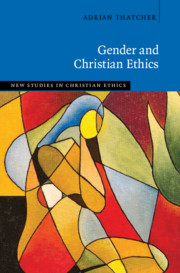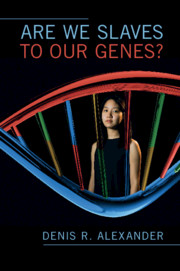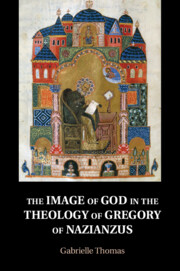The discovery that Neanderthals once existed raises the question of their relationship with homo sapiens. Neanderthals have been studied in various disciplines, giving rise to a range of opinions about them. This article raises the question in a theological perspective, asking what a Thomist should make of the status of Neanderthals, whether they were created in the image of God and Christ died for their sins. Having examined what light might be thrown on their status by that of angels and aliens, it is asked whether Neanderthals are part of the same human family as sapiens. Genetics has shown that sapiens and Neanderthals had offspring, leaving Eurasian sapiens with about two per cent Neanderthal DNA, including our Lady, and implying that, when the Word became flesh, the Word became partly Neanderthal. Since reconciling Catholic teaching on Monogenism with the results of population genetics implies interbreeding between humans properly defined by a subsistent immaterial soul and a wider population, there is reason to ask whether the meeting of Neanderthals and sapiens may also have been an example of interbreeding. Possible evidence for Neanderthals possessing a subsistent immaterial soul, and so being part of the same human family as sapiens, is assessed.


